Keramas
A natural footer's antidote in the ‘Land of Lefts’, Keramas is famous for being one of the best high-performance waves on the planet. A relatively new addition to the list of Bali’s world-class waves, Keramas has quickly risen to the top of the heap as the region’s most reliable right-hander.
Located directly in front of the Komune Resort, Keramas is mainly known for its rippable walls and hi-fi surfing, but it will also throw up plenty of deep tubes and packs quite a punch, especially once it gets into the overhead range. The wave breaks over a rock/reef bottom and isn’t particularly long, but it’s a high-quality ride from start to finish and is a real crowd pleaser on smaller days, attracting intermediate and pro-level surfers alike. When there’s a five-star forecast, don’t expect an empty lineup when you paddle out in the cover of darkness to beat the crowds.
Best size & tide: Keramas is good at almost any size, but head to overhead is what most people would be chasing. At this size, there’ll be tubes, walls, and lips to launch from. Once it gets to double overhead, it becomes less predictable with a super sketchy end section to deal with.
An incoming mid to high tide is best for shape and consistency. It’s still surfable on lower tides on a small swell, but it’s a shorter wave that doesn’t peel very reliably and can abruptly close out over shallow reef.
Beach Scene
The beachfront land at Keramas has changed a lot over the last decade. Natural vegetation and rice fields have largely given way to hotels, with the Komune Resort being the most prominent since it occupies pole position in front of the main wave.
Most of these places - including Komune - offer a place to chill with food and drinks for non-guests. Apart from these places, there’s not a helluva lot else going on and even less shade.
The Reef
The volcanic rock and reef combo isn’t any nastier than most Indo reef setups, just ‘average nasty’. There is also the odd urchin, but you’ll probably manage to stay unscathed outside of bigger days, low tides or getting too greedy with a shallow end section.
Best Wind
⬅️↖️ West to North-West is offshore for all breaks. Keramas can handle some onshore wind and still have enough shape to bust a few moves.
When To Surf Here
The most reliable winds for Keramas occur during the wet season (November-February), but this also happens to be the least consistent time of year for swell. Shoulder season, March/April & September/October offer a good compromise of more regular swells and the chance of clean early morning conditions.
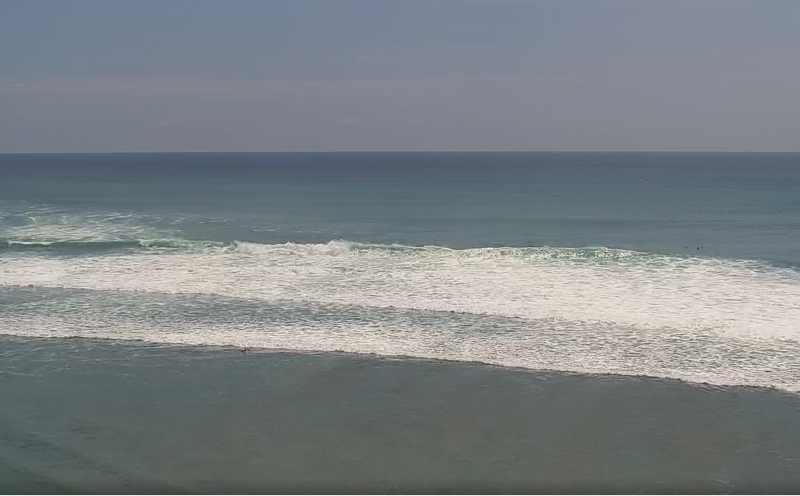
Uluwatu 📹 Live Camera

Padang Padang 📹 Live Camera
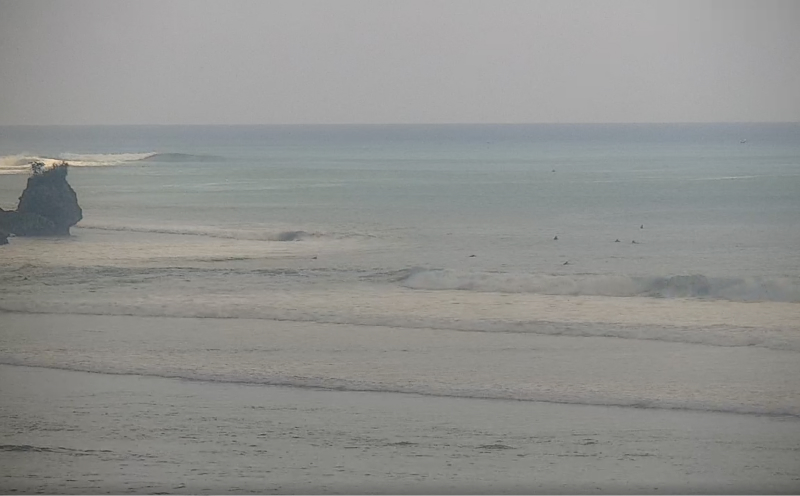
Impossibles 📹 Live Camera

Bingin📹 Live Camera
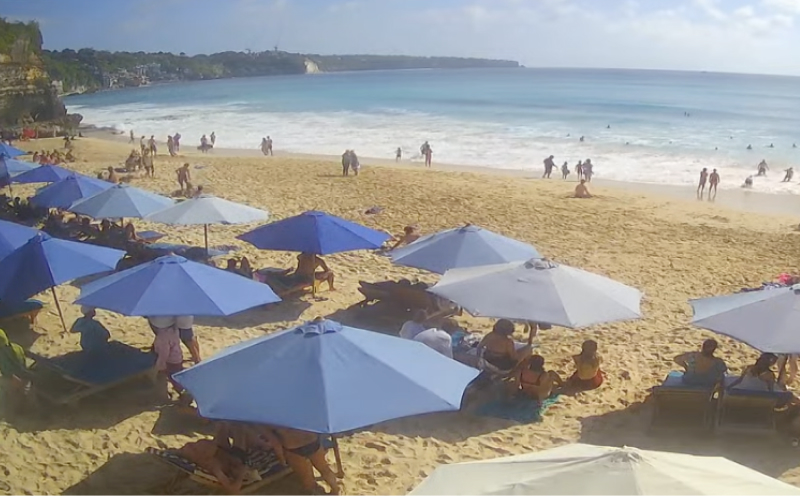
Dreamland 📹 Live Camera

Balangan📹 Live Camera
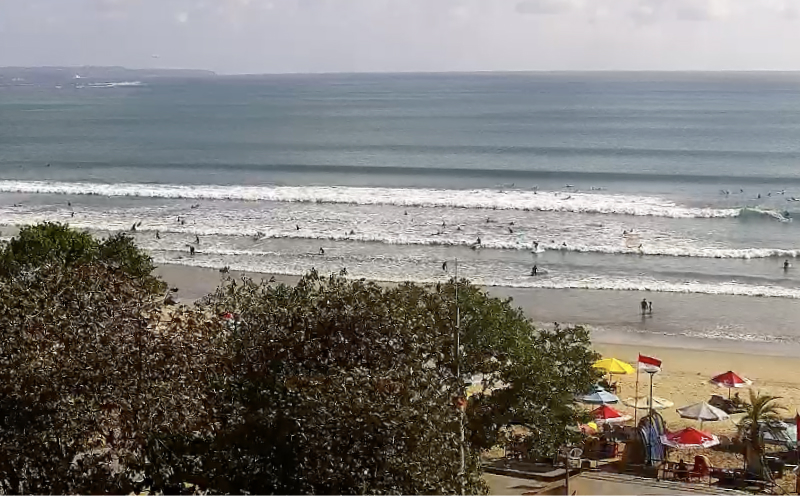
Kuta Beach 📹 Live Camera
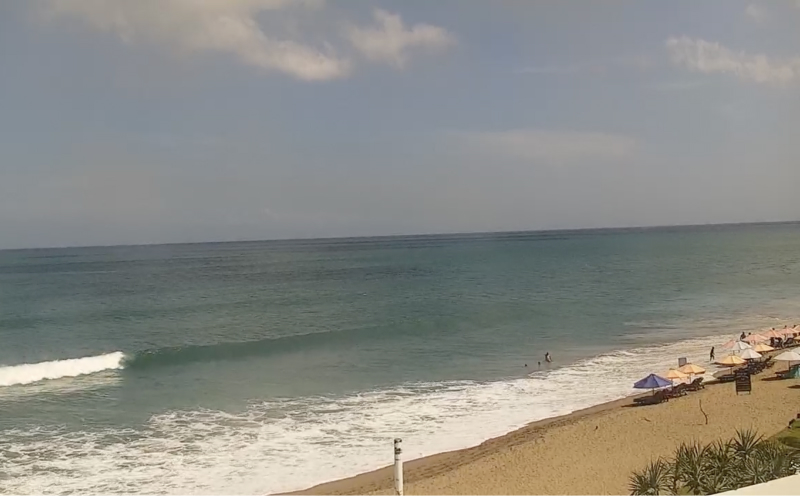
Berawa 📹 Live Camera

Nelayan 📹 Live Camera

Batu Bolong 🚫 No Camera
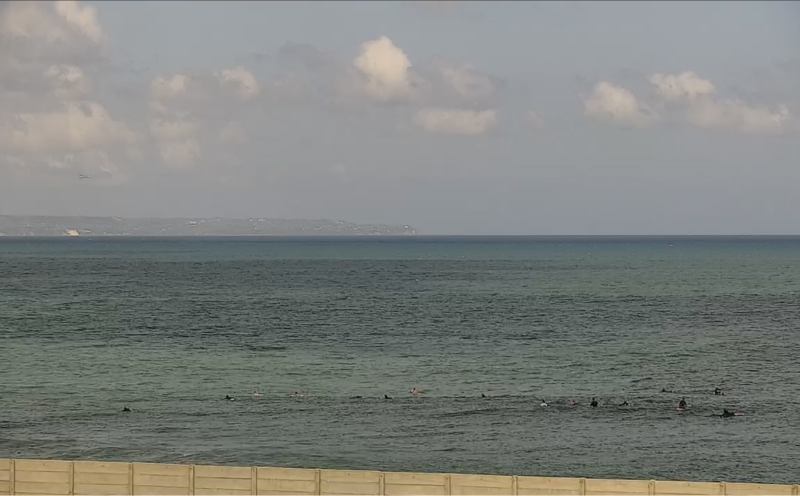
River Mouth 📹 Live Camera

Yeh Gangga 📹 Live Camera
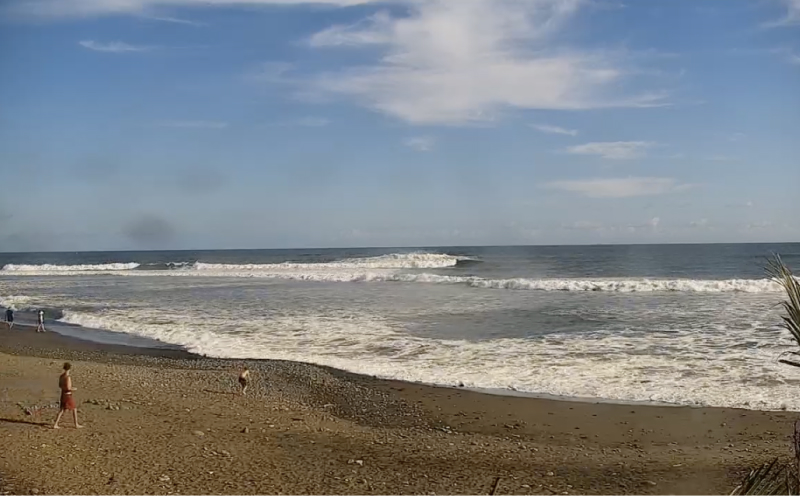
Balian 📹 Live Camera

Medewi 📹 Live Camera

Nyang Nyang 🚫 No Camera

Nusa Lembongan 📹 Live Camera
In memory of Magic Sea Weed.
© balicams.com and respective owners, all rights reserved, 2025
 Support Free Balicams
Support Free Balicams